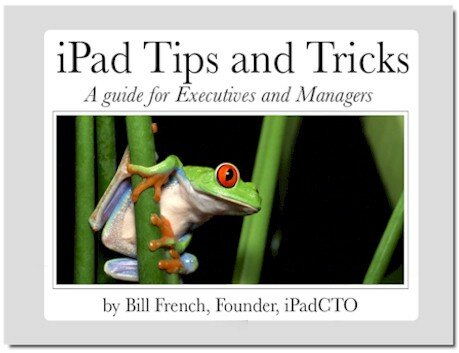The headline is a story that will break in a few hours (see press release). It’s a well-established factoid that about 30 million PowerPoint slide decks are created every 24 hours. I’m happy for Brainshark and most important, their enterprise SlideShark customers who are getting their arms around the growing crisis in presentation content management. Too bad bazillions of enterprise presentations are still swimming in a sea of compliance risk, most of them unable to be updated reliably or cost-effectively.
Very few businesses assert a common publishing strategy concerning presentation content. The result is a free-for-all — pervasive access to out-of-date presentations across Intranets, social networks, and public search engines. This environment leads to continually expanding risk and a growing universe of presentation artifacts that are nearly impossible to manage. The popularity and ease of creating new presentations have resulted in a sustained and pervasive flood of business information flowing throughout enterprises, much of it into public view.
And who’s to blame? Microsoft, of course. PowerPoint is uncivilized.
PowerPoint: Tactically Aligned to the Individual
PowerPoint is intended to be used by an individual. It was designed in an era when every aspect of computing was intentionally optimized toward personal, desktop computing. Today it has a limited capacity for collaborative commenting and version control features, but at its core it remains an application that is selfishly tilted toward individual needs. And because of this, presentation documents are typically regarded as built by, and promoted for use by individuals. Slide deck creators become personally entwined with the content and generally feel that they can do as they please when it comes to promoting and distributing their creations.
Failure to manage PowerPoint presentation assets in every business context – from desktops to laptops; from netbooks, and smart mobile devices – tend to create gaps in management continuity. And PowerPoint is so tactically and conveniently aligned to the individual that the business suffers from a vacuum of operational memes.
PowerPoint itself is designed as a tactical application that is selfishly tilted toward individual needs, not teams; not enterprises; not projects; and certainly not toward risk mitigation or knowledge continuity. In this sense, PowerPoint is uncivilized; its network and mobile awkwardness incites risky sharing and poor collaborative behaviors. PowerPoint needs parental guidance.
And in spite of creating a huge liability in terms of risk, inability to maintain, and content management challenges, PowerPoint gets a pass – the march toward presentation chaos continues unabated.
SlideShark: Mobile Insulator
The ideal approach for supporting mobile presentations, especially in an iOS climate; requires a layered technology stack. At the base is a unified repository of slide decks. At the top, where the sales force employs iPads and iPhones to deliver presentations, is an app optimized to present PowerPoint slides – this is what SlideShark does well. In between, is a transformation layer that magically shapes PowerPoint files into a cloud-based collection of resources that can literally be tapped whenever the need to present arises.
And the by-product of using this amazing presentation solution on iPad are the silent advantages in knowing your presentations aren’t out in the wild. Every propspect is tracked with respect to your slide decks, and updating them everywhere they are accessed is a one click upload process.





















